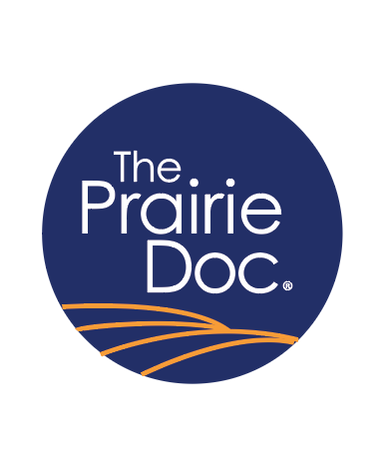|
Prairie Doc® Perspective for the week of October 23, 2022
Germ theory, antibiotics, and our 21st century challenge By Kelly Evans-Hullinger, M.D. As a lover of the history of science and medicine, one of my favorite topics to read and learn about is the discovery of germ theory. Up until the mid to late 1800’s, diseases had numerous other theories, and the theory of miasma – meaning “bad air” – dominated as an explanation for cholera, plague, and other infectious outbreaks. Bacteria themselves were seen and discovered with the development of the first microscopes in the 1600’s. Dutch scientist Antonie Van Leeuwenhoek is credited as the father of microbiology, having created the early versions of our modern microscopes. Though he saw microbes with his inventions, the idea that these tiny organisms caused disease was yet to be discovered. Germ theory, though it had beginnings smattered in earlier times, really did not take off until discoveries by 19th century thinkers including Louis Pasteur, Joseph Lister, and Robert Koch. This was an exciting time to be a biologist, and in my opinion these careers are all worthy of blockbuster movies. By the early 1900’s an enormous shift had occurred, and the idea that microorganisms could cause disease was well accepted. Initially the discovery of germ theory was most useful in prevention – sanitation of water and food went a long way toward decreasing outbreaks of previously common diseases. But another huge change occurred in 1928 with the discovery of penicillin. Penicillin was a chemical compound secreted by a type of mold which Alexander Fleming found killed bacteria. By the mid century many other antibiotics were discovered and ultimately used to treat bacterial infections. Antibiotics are certainly one of the greatest advancements in the history of medicine and have saved countless lives worldwide. However, as our ability to treat them has advanced, bacteria have continued to evolve. By numerous processes some types of bacteria have changed in ways to evade once-effective antibiotics. At the same time, development of new types of antibiotics have slowed to a trickle in the 21st century. Life-threatening bacterial infections for which we have no or limited ability to treat are a real concern of experts in infectious disease. The challenge of our era, I think, is mitigating the danger posed by antibiotic-resistant infections. The most important step we can all take is to reduce the use of antibacterial medication when it is not necessary. Challenges for our hospital teams include looking critically every day to see if and which antibiotics can safely be stopped in hospitalized patients. Preserving the efficacy of this precious resource will be the work of all of us. Comments are closed.
|
Archives
July 2024
Categories |
 RSS Feed
RSS Feed


